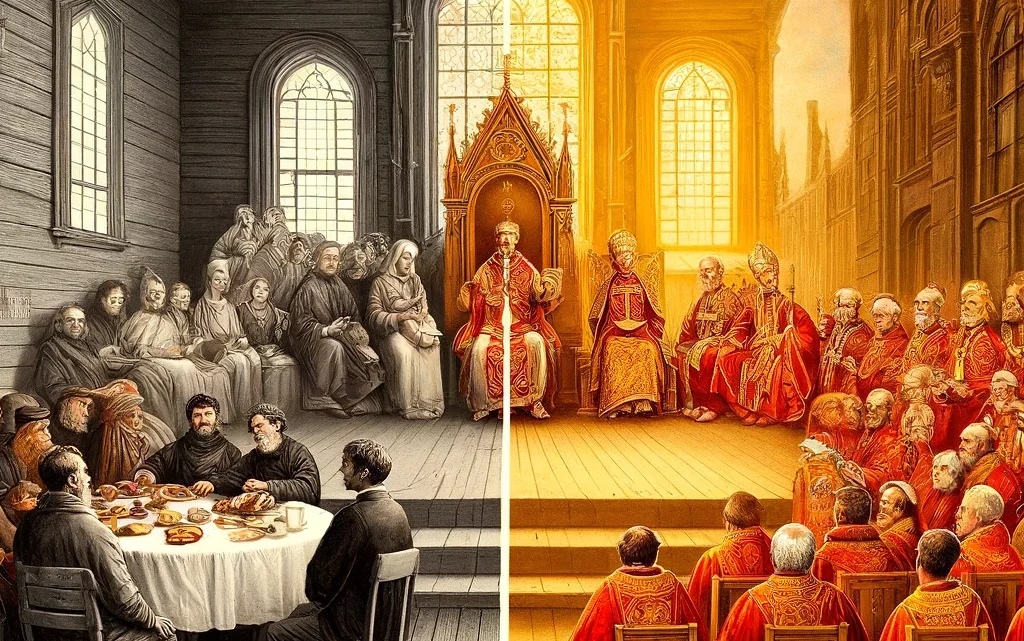Before and After Nicaea: The Transformation of Early Christianity


The early Christian Church underwent significant transformations from its formative years through to the conclusion of the First Council of Nicaea in 325 AD. This pivotal period in Christian history marked a transition from a decentralized group of believers to a more unified entity with clearer doctrines and structures.
The Church Before Nicaea
Before the Council of Nicaea, Christianity was deeply rooted in Jewish traditions, with many of the early believers being Jews who had accepted Yeshua as the promised Messiah. These early Christians often met in synagogues, participating in Jewish rituals and the Sabbath, while also gathering in private homes to celebrate Yeshua’s resurrection through the Eucharist. Theologically, the church was diverse, with varied interpretations of Christ’s nature and his relationship to God the Father. This period was characterized by a decentralized structure with significant autonomy for local leaders, allowing for a range of theological exploration that enriched the community but also led to divisions.
Key Practices:
- Worship in synagogues and house churches
- Varied interpretations of Christ’s nature
- Baptism and Eucharist as central rites
The Council of Nicaea and Its Aftermath
The First Council of Nicaea, convened by Emperor Constantine, sought to address the Arian controversy which questioned the divinity of Jesus Christ. The council’s outcome was the Nicene Creed, which affirmed the consubstantiality of the Son with the Father and laid a foundation for further theological clarification. Post-Nicaea, the Church began to develop a more centralized structure. The role of bishops and the prominence of certain sees like Rome, Constantinople, and Alexandria grew, leading to a hierarchical system that could enforce doctrinal uniformity.
Key Changes:
- Establishment of the Nicene Creed
- Increased centralization of church authority
- Standardization of Christian doctrine and practices
Comparing the Two Periods
The transformation from a decentralized network to a more organized and doctrinally unified Church had profound implications. Before Nicaea, the Church’s diversity allowed for a wide range of theological exploration but also led to divisions and heresies. After Nicaea, the Church could mobilize more effectively, support systematic theology, and unite a vast community under a common creed, although at the expense of some local traditions and interpretations.
The shift also changed the Church’s relationship with society. Initially a persecuted minority, post-Nicaea Christians sometimes became persecutors themselves, defining orthodoxy and punishing deviations. This new role influenced the Church’s development and its interaction with the broader Roman society.
Conclusion
The Council of Nicaea was a watershed in the history of Christianity, marking the beginning of a new era of ecclesiastical and theological development. Understanding the differences between the pre- and post-Nicene Church not only illuminates the historical evolution of Christian doctrine and practice but also reflects on the dynamic nature of religious institutions responding to internal challenges and external pressures.

